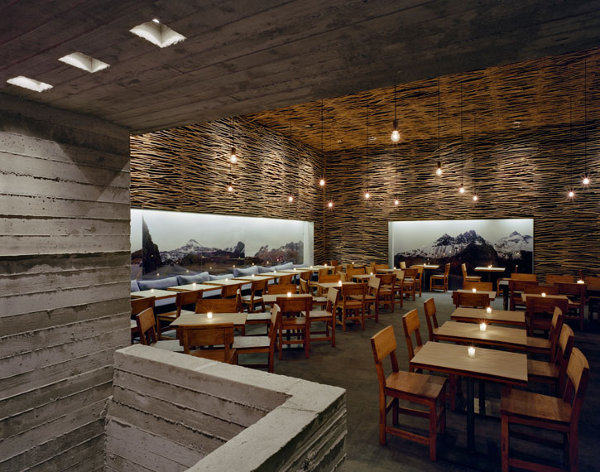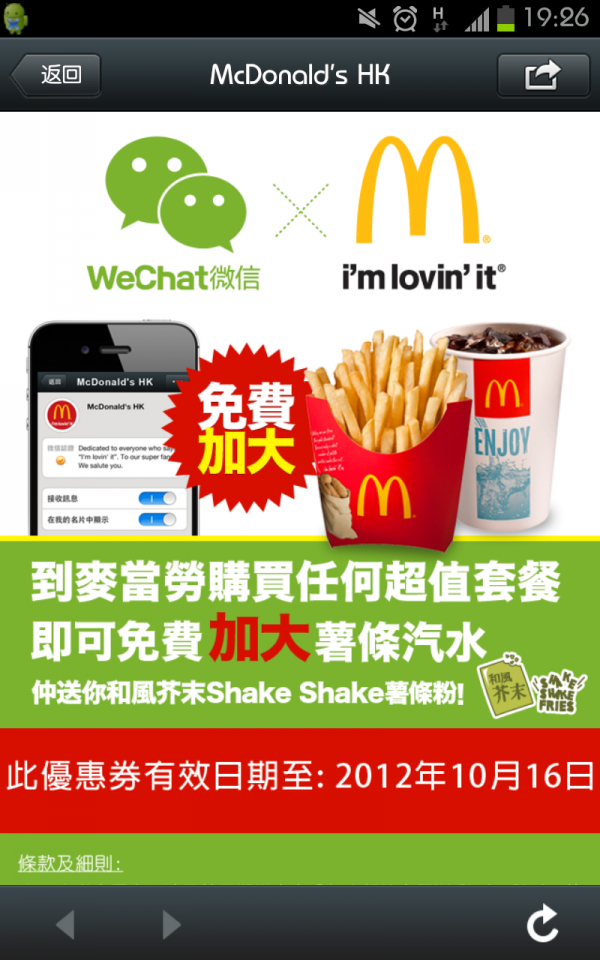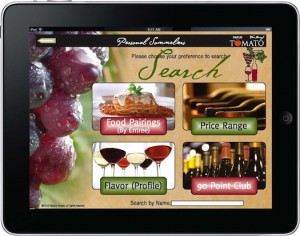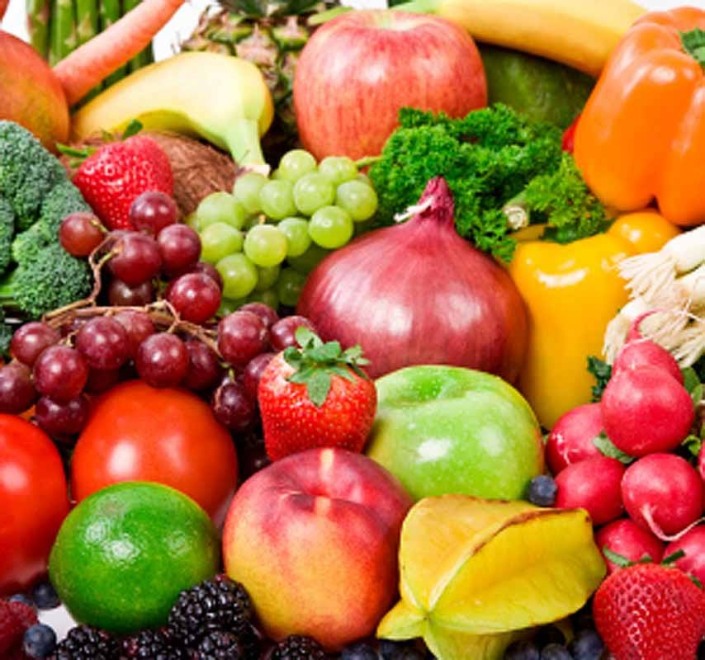5. Restaurant Operations
A Topic About The Restaurant Operations – Restaurant Layout/Design
1. The restaurant Entrance
The entrance area can affect the first impression of customers .For new restaurant can be just as important as the inside, when it comes to gaining new customers. Depending on your theme, you can use signs, music, lighting, awnings and flowers to make an attractive restaurant entrance. The Curbside appeal can keep the restaurants look attractive and welcome.
2. The waiting Area
Not all restaurants have the space to designate as a waiting area. Those do have space may want to keep it separate, while others incorporate it into bar area. Along with benches or chairs for customers to wait comfortably, your waiting are should also have some menus nearby for customers to peruse as they wait. This is also a good place to display a bulletin board of other events at restaurant.
3. The dining room
The set-up of dining room does not just create a mood in the restaurant but it also affects the way your staff functions as well as the customer’s comfort and overall dining experience. The dining room should be welcoming and comfortable. Also the seating capacity will determine how you place the tables and chairs.
4. Restaurant Kitchen
Most commercial kitchens are not in view of the public, the layout is just as important as the dining room. The size of the kitchen and the type of food you are serving will dictate what type of commercial equipment you’ll need to purchase and the layout of the kitchen. Also there are strict rules and requirements of kitchen operation.
5. Restroom
Design and ambiance carry through to restaurant restrooms. Restrooms should be checked at least once at the start of every shift (preferably more often if it is busy).The cleanness of restroom will affect the whole image of restaurant.
Reference
E How-restaurant layout
http://www.ehow.com/how_5642928_design-restaurant-layout.html
How Restaurants Do Their Forecasting and Food Cost Control Process
Forecasting
Sales forecast is an important aspect in operating business. Many restaurants use sales forecast to calculate the sales and costs for a year on a weekly and monthly basis. The followings are the forecasting strategies that using in nowadays.
1. Existing business calculations
Restaurants can forecast sales by the expected guest covers in a specific time period with calculating the number of table turnover and average guest check. The restaurants can predict their future revenue and costs, better manage the people and purchase the food.
Number of table turnover = Number of Covers(Guests)/Number of Seats
Average guest check = Food and Beverage Sales/Number of Covers
The restaurants can also do a forecast in customers’ retention statistics. As some of customers may always repeat to visit the restaurants in a specific time, by identifying and monitoring the repeat customers and chart their visit patterns, the management can project an appropriate food material level to generate sales.
2. Trends Research
Restaurants can use the trend data to project their potential sales revenue. For instance, the management can search the information of other restaurants in the same industry so as to gather sales information of the planned type in similar communities. After that, the management can then use this information to forecast sales, giving them the idea to what sales figures they can realistically expect.
3. Seasonal History
Restaurants can use the seasonal statistics to forecast the sales revenue. As the weather may impact the consumers’ appetites, restaurants may experience in the sales changing during seasons shifts. Therefore, the management need to understand and notice the changing appetizing pattern of customers in different.
Food cost control process
Purchasing – Identify the product specification of items that are going to use in preparing meals. Make order based on past records, products on hand and the yield analysis. Doing the product testing before and after making orders. For examples their texture, composition, quality, flavor etc.
Choosing the methods of buying. The restaurant has to think about whether to place their orders by email, on phone or brought in open market.
Receiving – To ensure the quantity, quality and price are exactly as ordered. Especially for the perishable commodities as the quality is not constant over a period of time.
Storing The company has to consider the place and time for keeping the materials. Make sure there is no inventory kept in the production area. Performing stock taking over a period of time see if the quality is good and quantity of foods matches with the records. Using the FIFO system for food storage.
Issuing – Items should only be issued from the stores with authorization.
Production The company has to decide the number of meals have to be produced and the cost per meal. The kitchen manager checks the head line cook’s order, which will bring the preparation area up to the par stock for preparation item and the work is done prior to service time.
Service– Set a policy for guests serving. Training staff to make sure they understand the proper ordering procedure and perform as instructed in real life. As servers are salespeople, they are expected to give suggestive selling.
Sales– Sales controls provide internal control measures in the food sales through use of guest checks, scatter sheets, guest services solutions and POS system. It’s important to ensure the increase in the quantity of food prepared is matched by a corresponding increase in cash received.
Food cost – system of accounts for restaurant shows the whole performance of the restaurant.
Performing budgeting to define fixed costs and variable costs. Find out those variables that will fluctuate with the volume of sales and calculate the variances between budgets and actual expenses see if any improvement has to be made.
Calculating operating ratios to check out the food cost percentage, contribution margin, labor cost percentage, prime cost and beverage cost percentage. Also count the value of inventories accurately so that the food cost percentage will not be overstated.
References:
Sales forecasting
http://www.ehow.com/info_12166336_kind-sales-forecasting-use-restaurant.html
The control process
http://www.slideshare.net/rajendranabar/the-control-process
Updated Trends About Restaurant Operations
1. Increasing use of technology
a. Smartphone applications
As the use of smartphone becoming more and more popular, restaurant
operators try to make use of them to operate their businesses.
E.g. McDonald’s cooperates with, a communication application, WeChat
to offer discounts and send out promotion information to its customer.
b. IPads or other tablets
Restaurateurs start using iPads or other tablets to replace traditional paper
menu. Not only creating a stunning effect on customer to attract sale, IPad menus
can also be used to take order. Orders are transmitted to kitchen directly and
immediately so as to operate the business effectively and efficiently.
2. Social Media Advertising/marketing
Since the cost of traditional advertising such as TV, magazine, newspaper and radio are
very high, restaurant operators start using social marketing sites like Facebook to promote
and reach customers without pay. Word-of-mouth can also be built due to the spreading
of recommendations among friends.
3. Restaurant Food Truck Business
It is a more economical way to operate a restaurant business than traditional store
restaurant. It offers low start-up costs over a brick and mortar restaurant.
Advantages:
-does not need to concern about the market size of the operating location
-lowers the overhead cost of buying the tables, chair, etc.
-reduces the labor cost
Disadvantages:
-be aware of the weather
-operating restrictions due to hygienic problem.
4. Public Health Concerns
Since problem of overweight and chronic disease such as diabetes are becoming more
serious, people have put more concern on heath. In order to meet the needs of
customers, restaurant operators create healthier menus with smaller portions and
increase the use of organic and healthier food items such as fruits and vegetables, low-fat
milk and whole wheat bread.
References:
Social Media Marketing
http://searchengineland.com/guide/what-is-social-media-marketing
Food Truck
http://restaurants.about.com/od/openingarestaurant/ht/RestaurantFoodTruck.htm




